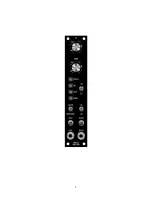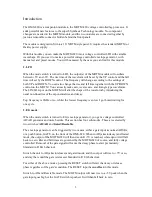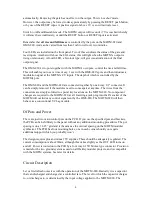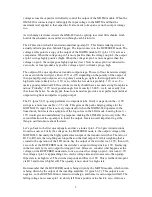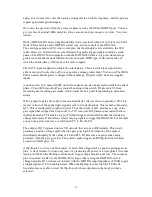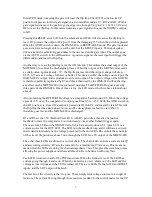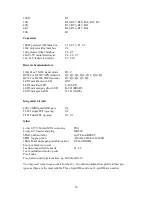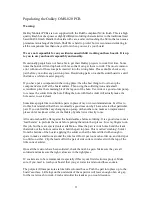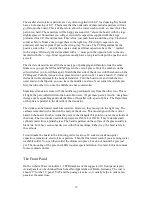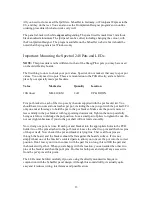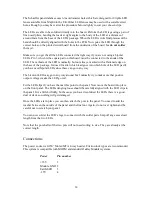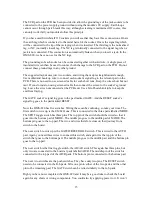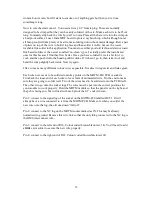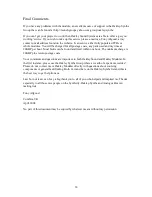
Populating the Oakley OMS-820 PCB
Warning:
Oakley Modular PCBs are now supplied with the RoHS compliant Ni/Au finish. This is a high
quality finish but does possess slightly different soldering characteristics to the traditional lead
based HASL finish. Handle the boards with care, and avoid touching the Ni/Au that can cause
premature tarnishing of the finish. Shelf life is hard to predict but we recommend soldering in
all the components less than one year from when you receive your board.
We are not responsible for any accidents caused whilst working on these boards. It is up
to you to use your board responsibly and sensibly.
Occasionally people have not been able to get their Oakley projects to work first time. Some
times the boards will end up back with me so that I can get them to work. The most common
error with most of these was parts inserted into the wrong holes. Please double check every
part before you solder any part into place. Desoldering parts on a double sided board is a skill
that takes a while to master properly.
If you have put a component in the wrong place, then the best thing to do is to snip the
component’s lead off at the board surface. Then using the soldering iron and a small
screwdriver prize the remaining bit of the leg out of the hole. Use wick or a good solder pump
to remove the solder from the hole. Filling the hole with fresh solder will actually make the
hole easier to suck clean!
Sometimes people like to substitute parts in place of my own recommendations. Feel free to
do this, but remember that there is normally a good reason why I have selected that particular
part. If you do find that, say changing an op-amp with another one, makes an improvement,
please do let me know either via the Oakley-Synths list or directly to me.
All resistors should be flat against the board surface before soldering. It is a good idea to use a
‘lead bender’ to preform the leads before putting them into their places. I use my fingers to do
this job, but there are special tools available too. Once the part is in its holes, bend the leads
that stick out the bottom outwards to hold the part in place. This is called ‘cinching’. Solder
from the bottom of the board, applying the solder so that the hole is filled with enough to
spare to make a small cone around the wire lead. Don’t put too much solder on, and don’t put
too little on either. Clip the leads off with a pair of side cutters, trim level with the top of the
little cone of solder.
Once all the resistors have been soldered, check them ALL again. Make sure they are all
soldered and make sure the right values are in the right place.
IC sockets are to be recommended, especially if this is your first electronics project. Make
sure, if you need to wash your board, that you get water in and around these sockets.
The polyester film capacitors are like little coloured boxes. Push the part into place up to the
board’s surface. Little lugs on the underside of the capacitor will leave enough of an air gap
for the water wash to work. Cinch and solder the leads as you would resistors.
11
Содержание MOTM-820
Страница 2: ...2...


